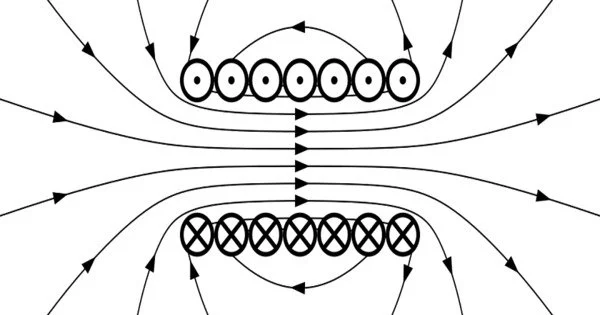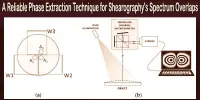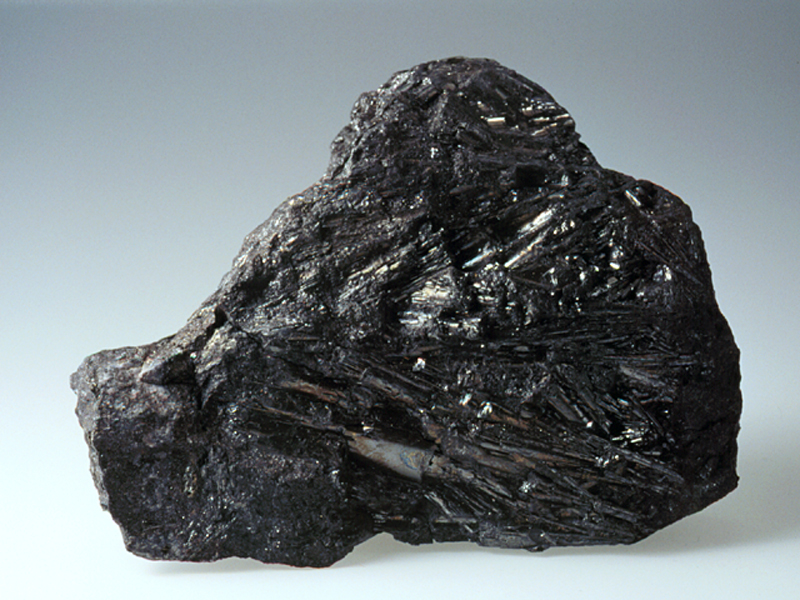Magnetization is the vector field in classical electromagnetism that expresses the density of permanent or induced magnetic dipole moments in a magnetic substance. It is the process of aligning the magnetic moments of atoms or molecules in a substance in response to an external magnetic field. Movement within this field is classified as either Axial or Diametric. Because of the alignment of magnetic moments, the material becomes magnetized, which means it develops its own magnetic field and shows magnetic properties.
The magnetic moments responsible for magnetization can be caused by either tiny electric currents caused by the mobility of electrons in atoms or the spin of the electrons or nuclei. Magnetization happens as a result of the interaction of the external magnetic field with the inherent magnetic moments associated with the material’s electrons and atomic nuclei. These magnetic moments, known as magnetic dipoles, can be thought of as small bar magnets within the atoms or molecules.
The response of a substance to an external magnetic field causes net magnetization. In a magnetic field, paramagnetic materials have a weak induced magnetization that vanishes when the magnetic field is withdrawn. Ferromagnetic and ferrimagnetic materials have substantial magnetization in a magnetic field and can be magnetized to have magnetization in the absence of an external field, resulting in the formation of a permanent magnet.
Mathematically, magnetization is often represented by a vector called the magnetization vector (M). It is defined as the magnetic moment per unit volume of the material and is related to the magnetic susceptibility (χ) of the material by the equation:
M = χH
Where:
- M is the magnetization vector.
- χ is the magnetic susceptibility, which depends on the material.
- H is the magnetic field strength.
Magnetization is a fundamental concept in classical electromagnetism that is important in understanding the behavior of magnetic materials, the development of magnetic domains, and the features of various devices such as transformers, magnetic storage media, and electromagnets.
Magnetization is not always uniform within a material and can differ across distinct places. Magnetization also defines how a material responds to an applied magnetic field and how the material modifies the magnetic field, and it may be used to compute the forces that come from those interactions. It is comparable to electric polarization, which is the measure of a material’s corresponding response to an electric field in electrostatics. Physicists and engineers usually define magnetization as the quantity of magnetic moment per unit volume. It is represented by a pseudovector M.
















